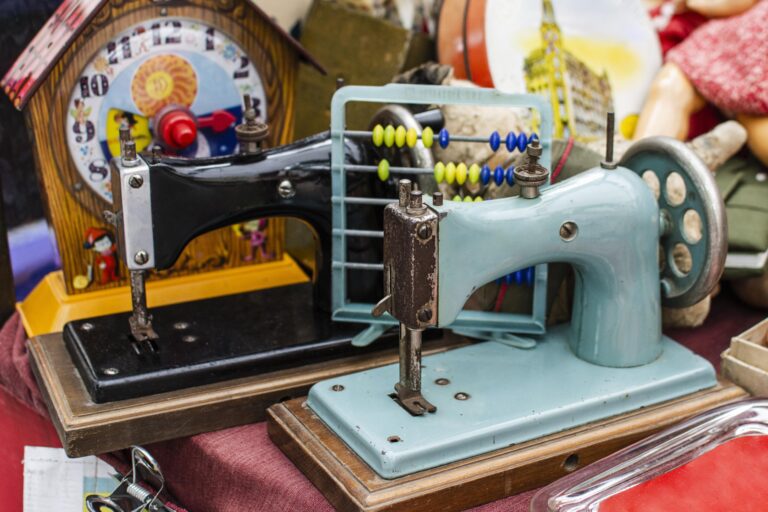How to Design Your Sewing Room: 10 Fun Ways
These sewing room ideas can help you create an environment that increases productivity and inspires creativity, whether you’re a professional designer seeking for organizing and decoration ideas or you just bought your first sewing machine yesterday.
This article is to explain the 10 fun ways on how to design your sewing room that gives a perfect look:
1. Make Your Furniture Function For You
Purchase furniture that can accommodate all of your needs, including thread, fabrics, your machine, and other accessories.
When not in use, this DreamBox shelving system can be folded up into a little package. It offers an infinite number of compartment configurations.
2. Use a Modular Shelving Unit
This advice will also apply to your workshop whether you also weave, knit, or do needlepoint in addition to sewing: Utilize a modular wall shelving unit to keep everything organized and simple to reach.
The weave-focused blogger Hello Hydrangea is operated by artist Lindsey Campbell, who keeps her creative supplies (including yarn, rope, winders, and more) on display with an open bookshelf. Glass jars hold recycling leftovers, while baskets help with organization.
3. Create a Showroom-Like Atmosphere
Your sewing workspace will feel like a genuine showroom if there is enough of natural light, a sitting area, and a rack to display your most recent creations, like in this space by Leanne Ford.
If any models or clients come in for fittings, a small closet will be useful as well.
4. Use Old Materials Again
How should leftover fabrics be used if you don’t want to throw them out? To create a cohesive presentation, dangle them from the wall. Another suggestion is to build a gallery wall by framing your favorites.
5. Remove As Much Surface Clutter As Possible
Create a strategy that prevents clutter if you prefer to brainstorm by hand and amass a lot of loose papers during your creative process.
In a sewing room, it’s vital to keep your surfaces free and spotless whether that means using your walls or drawers (particularly small ones).
6. Think About Open Shelf Cubbies
Store your patterns in a drawer or in cubbies on an open shelf. It is not required to have them extremely near by and simple to reach as you will only need them when beginning a new project.
Take inspiration from Rebecca Atwood’s workspace.
7. Restock Your Ironing Board.
Upholster your ironing board with a striking material to give it some flare. Without adding more decor that will take up usable space, this is a terrific way to add personal flare to your sewing studio.
8. Use The Wall Space You Have
In a sewing area, hangers and wall storage solutions like floating shelves are your greatest friends. This will make the floor more open so you can shut out the world without tripping over objects every time you turn.
9. Select A Big Table
Consider a table with lots of surface area so you can spread out when selecting one for your work station. A modern statement is made while still being functional and useful by an industrial one like this. Another need is task lighting.
10. Perch By The Light
In a sewing area, good lighting is crucial. You need to be aware of what you’re doing, to declare the obvious. Additionally, sewing requires attention to detail, so being relaxed when sewing is beneficial. However, hang shades if you do have a lot of natural light.
This is especially important if your clothes are light-sensitive and exposed to the sun because direct sunlight will bleach them.
Conclusion
Whether you’re a creative of any kind who works from a home studio, such as a crafter, scrapbooker, weaver, or artist, you’ll undoubtedly want to keep these in mind.
Employ these sewing room ideas and decorating advice for non-stop inspiration while you work.


